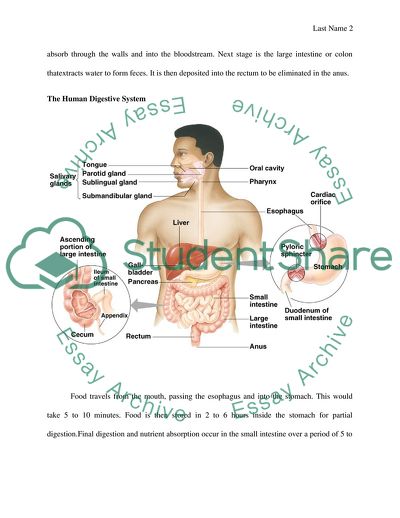Cite this document
(The Anatomy of Human Digestive System Term Paper, n.d.)
The Anatomy of Human Digestive System Term Paper. https://studentshare.org/biology/1758083-wiki-project-nervous-system
The Anatomy of Human Digestive System Term Paper. https://studentshare.org/biology/1758083-wiki-project-nervous-system
(The Anatomy of Human Digestive System Term Paper)
The Anatomy of Human Digestive System Term Paper. https://studentshare.org/biology/1758083-wiki-project-nervous-system.
The Anatomy of Human Digestive System Term Paper. https://studentshare.org/biology/1758083-wiki-project-nervous-system.
“The Anatomy of Human Digestive System Term Paper”. https://studentshare.org/biology/1758083-wiki-project-nervous-system.


